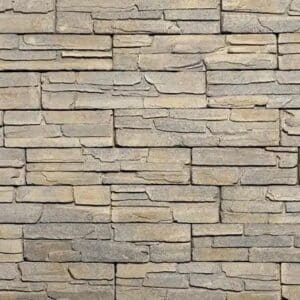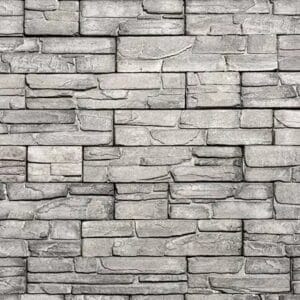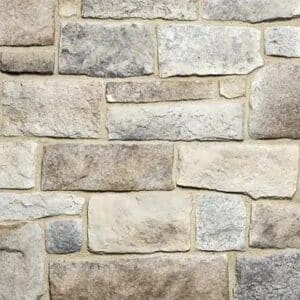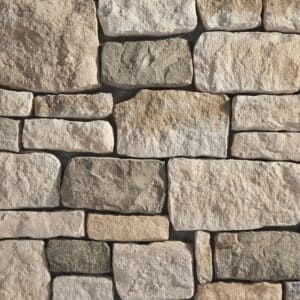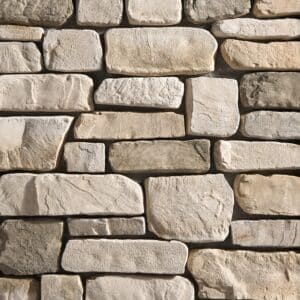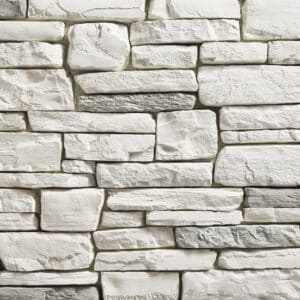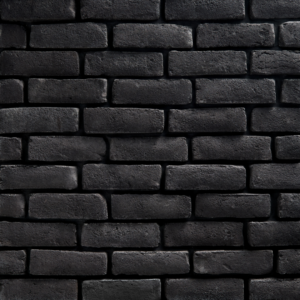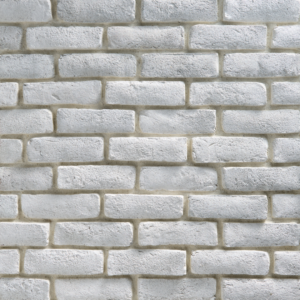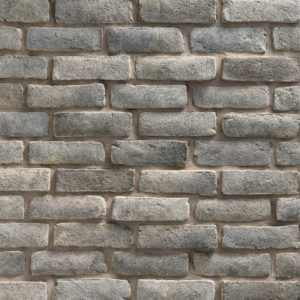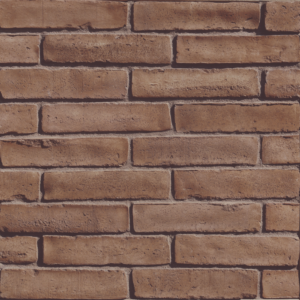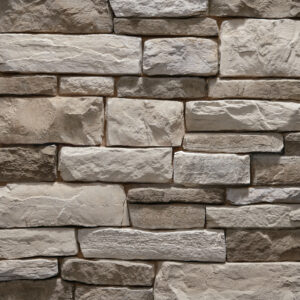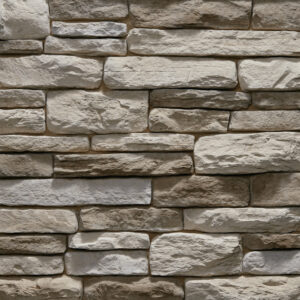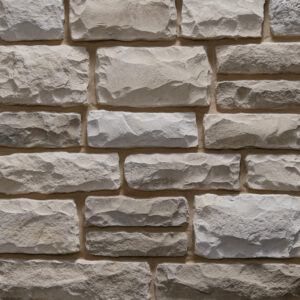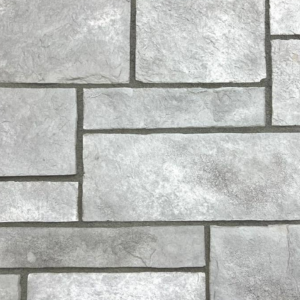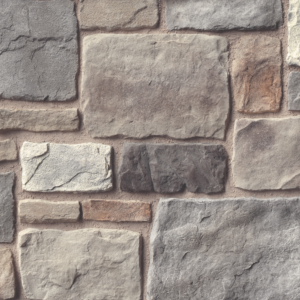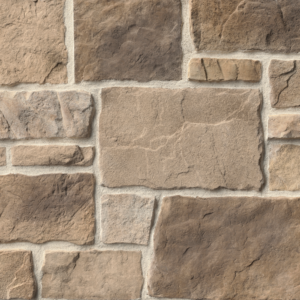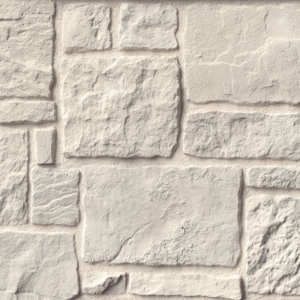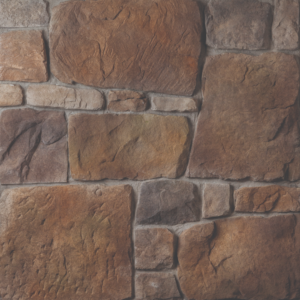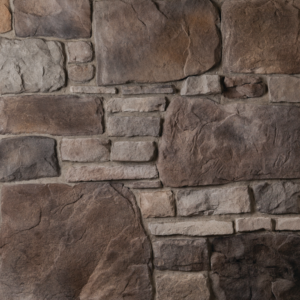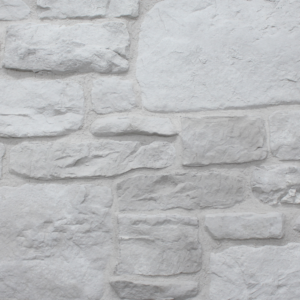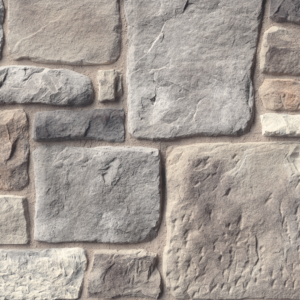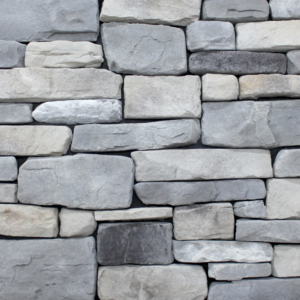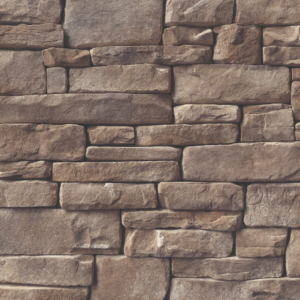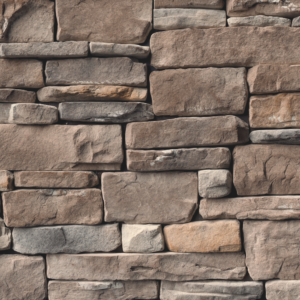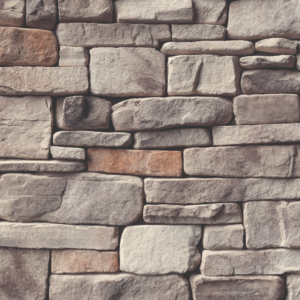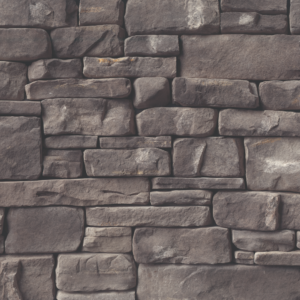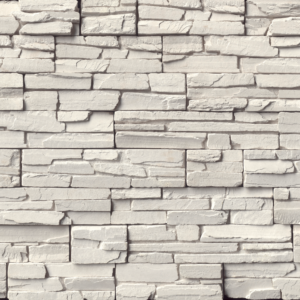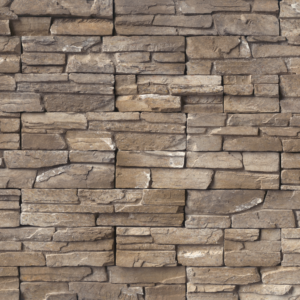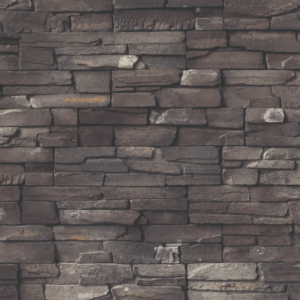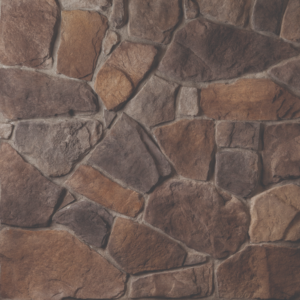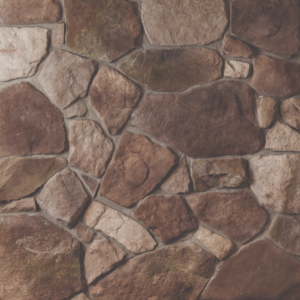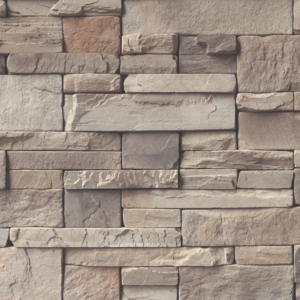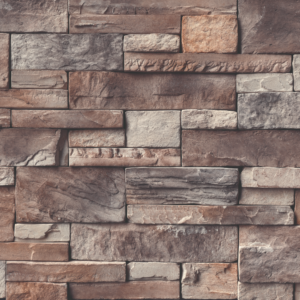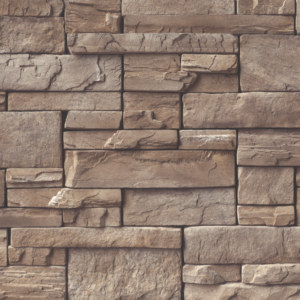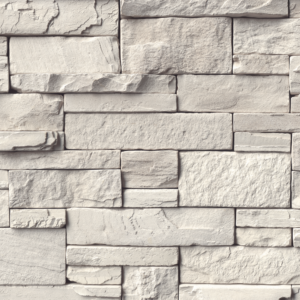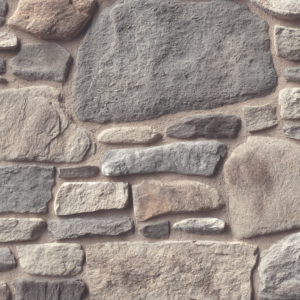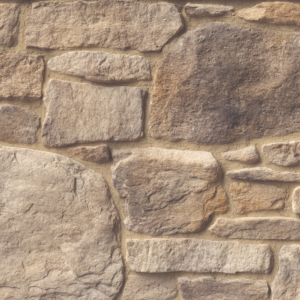Manufactured Stone Veneer
Manufactured Stone Veneer for Stunning Designs
Manufactured stone veneer is a versatile and cost-effective material that has transformed modern design. From home interiors to striking outdoor features, this innovative product mimics the beauty of natural stone while offering practical advantages that make it a go-to choice for homeowners, builders, and designers.
Whether you’re enhancing your home’s facade, creating an inviting fireplace, or upgrading your landscaping, this material combines aesthetics with functionality, making it ideal for virtually any project.
Read More
What is Manufactured Stone Veneer?
Manufactured stone veneer is an engineered product designed to replicate the appearance of real stone. Made from a mix of cement, aggregates, and pigments, it is moulded into lightweight, textured panels that mirror the patterns and finishes of natural stone.
Often referred to as cultured stone, this product is widely used in residential and commercial projects for its ability to achieve the high-end look of stone without the associated cost, weight, or structural requirements. It can be applied to a wide range of surfaces, including wood, concrete, and drywall, providing exceptional design flexibility.
Why Choose Manufactured Stone Veneer?
Lightweight Construction
The lightweight nature of this stone veneer simplifies installation, reduces labour costs, and eliminates the need for extensive structural reinforcements. This makes it suitable for walls, facades, and other applications where traditional stone might be too heavy.
Cost-Effective Solution
This material offers significant cost savings compared to natural stone. It reduces expenses for materials, labour, and transportation, making it accessible for projects of all sizes.
Endless Design Possibilities
Readily available in an extensive range of colours, shapes, and textures. Whether your style is modern, rustic, or classic, this product offers the customization needed to achieve your design goals.
Durable and Long-Lasting
Manufactured stone veneer is designed to withstand environmental stressors, including extreme weather and UV exposure. Its durability makes it a smart choice for both interior and exterior applications.
Low Maintenance
Requires minimal upkeep. Regular cleaning and occasional sealing for exterior applications are all that’s needed to maintain its appearance.
Environmental Benefits
Manufactured stone veneer is an eco-friendly alternative to quarried stone, offering several sustainability benefits:
- Reduced Resource Use: It requires fewer natural resources during production, and some manufacturers incorporate recycled materials into their products.
- Lower Transportation Costs: Its lightweight nature minimizes fuel consumption and emissions during shipping.
- Energy Efficiency: When used as cladding, it can improve insulation, reducing energy use for heating and cooling.
By choosing manufactured stone veneer, homeowners can enjoy a stylish, durable material while supporting environmentally responsible practices.
Creative Applications
Interior Spaces
Statement Walls
Feature walls made with manufactured stone veneer create dramatic focal points in living rooms, bedrooms, and dining areas. Its texture and depth add character to any interior, blending seamlessly with various design themes.
Fireplace Surrounds
This material is a top choice for fireplace surrounds, combining heat resistance with aesthetic appeal. Whether you prefer a sleek modern look or a traditional rustic style, manufactured stone veneer elevates the fireplace into a centerpiece.
Bathrooms
In bathrooms, this veneer adds a luxurious, spa-like feel. Use it for accent walls, around tubs, or in shower enclosures to create a tranquil retreat.
Exterior Projects
Home Facades
Manufactured stone veneer siding enhances curb appeal by adding texture and visual interest to home exteriors. It can be applied to entire facades or used as an accent on entryways, columns, or chimneys.
Outdoor Living Spaces
This material is perfect for outdoor kitchens, fire pits, and patios. Its durability and weather resistance ensure that it remains visually appealing even after years of exposure to the elements.
Landscaping Features
An excellent choice for garden walls, retaining walls, and water features. Its natural look harmonizes beautifully with outdoor settings, creating cohesive and polished landscaping designs.
Expanding Your Vision with Manufactured Stone Veneer
Blending Styles
Manufactured stone veneer is versatile enough to bridge design styles, making it ideal for transitional spaces. Pair it with wood for a rustic-modern vibe or with sleek materials like glass and metal for contemporary elegance.
Small-Scale Accents
Even small applications, such as framing a doorway or creating a backsplash, can have a big impact. Manufactured stone veneer allows you to add texture and personality to areas that might otherwise be overlooked.
Large-Scale Transformations
For dramatic changes, consider using this veneer for expansive walls, multi-level facades, or multi-functional outdoor spaces. Its lightweight nature makes it easier to work with, even for ambitious projects.
Designing Tips
Highlight Focal Points
Use the material to emphasize architectural features like fireplaces, entryways, or kitchen islands. This draws attention and enhances the overall visual impact of the design.
Mix Textures and Colours
Combine smooth and rugged finishes or blend different colour tones to add depth and dimension. This technique works especially well for large surfaces like facades or feature walls.
Pair with Other Materials
Pair manufactured stone veneer with complementary materials like reclaimed wood, metal, or concrete to create dynamic contrasts. This approach adds interest and balances the overall design.
Consider Lighting
Proper lighting can enhance the texture and colour of the veneer, especially in indoor spaces or outdoor areas used after dark. Use uplighting or wall-mounted fixtures to create a warm, inviting atmosphere.
Installation Considerations
Surface Preparation
Ensure that the surface is clean, dry, and stable before applying manufactured stone veneer. Depending on the substrate, you may need to install a metal lath or moisture barrier for better adhesion.
Adhesives and Mortar
Choose high-quality adhesives or mortar recommended by the manufacturer. Proper application ensures a strong bond and long-lasting performance.
Sealing and Protection
For outdoor applications, apply a sealant to protect the veneer from moisture, stains, and UV damage. Reapply the sealant every few years for optimal protection.
Maintenance and Care
Manufactured stone veneer requires little maintenance, but regular care ensures it remains in top condition.
- Routine Cleaning: Use a soft brush and mild soap to remove dirt or debris. Avoid harsh chemicals that could damage the finish.
- Inspections: Periodically check for cracks or loose pieces and address any issues promptly.
- Sealing: For exterior applications, reapply a sealant every few years to maintain durability and resist weathering.
Design Trends
Modern Minimalism
In minimalist interiors, manufactured stone veneer adds subtle texture and warmth. Neutral colours and clean lines pair perfectly with sleek furniture and open spaces.
Rustic Retreats
Rustic designs incorporate stone veneer with natural wood and earthy tones to create cozy, inviting spaces. This style works well in kitchens, living rooms, and outdoor patios.
Mixed Materials
Blending stone veneer with contrasting materials, such as concrete or metal, creates a modern industrial aesthetic that feels both edgy and sophisticated.
Outdoor Luxury
As outdoor living spaces grow in popularity, manufactured stone veneer is increasingly used for creating stylish, durable kitchens, seating areas, and fire features.
Manufactured stone veneer is a transformative material that offers unmatched versatility, affordability, and style. Whether you’re designing a feature wall, upgrading your home’s facade, or building an outdoor entertainment area, this product provides endless possibilities to elevate your space.
With its lightweight design, durability, and range of options, manufactured stone veneer is the ideal solution for projects big and small. Explore the many styles and applications available to find the perfect match for your vision.
Read Less


